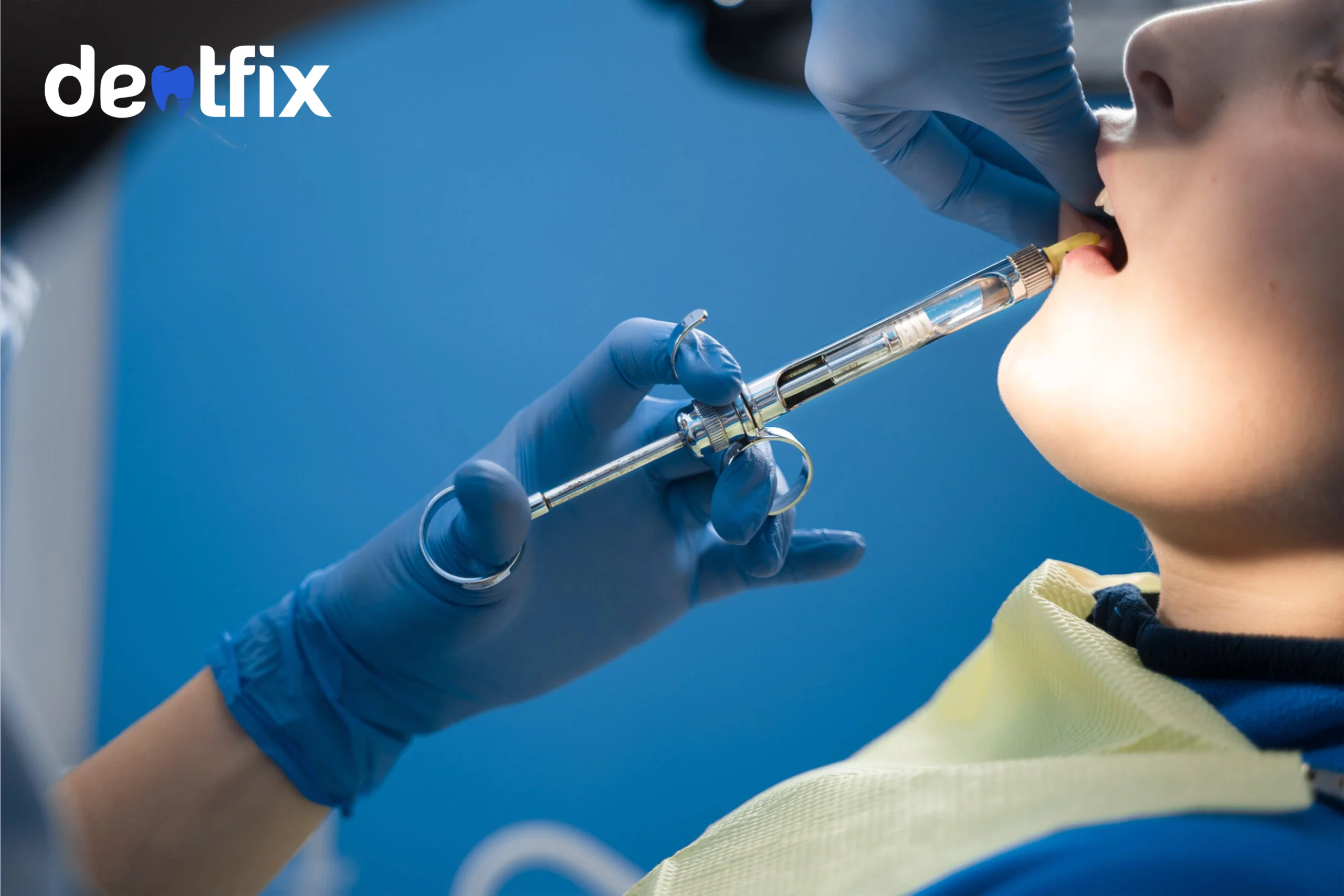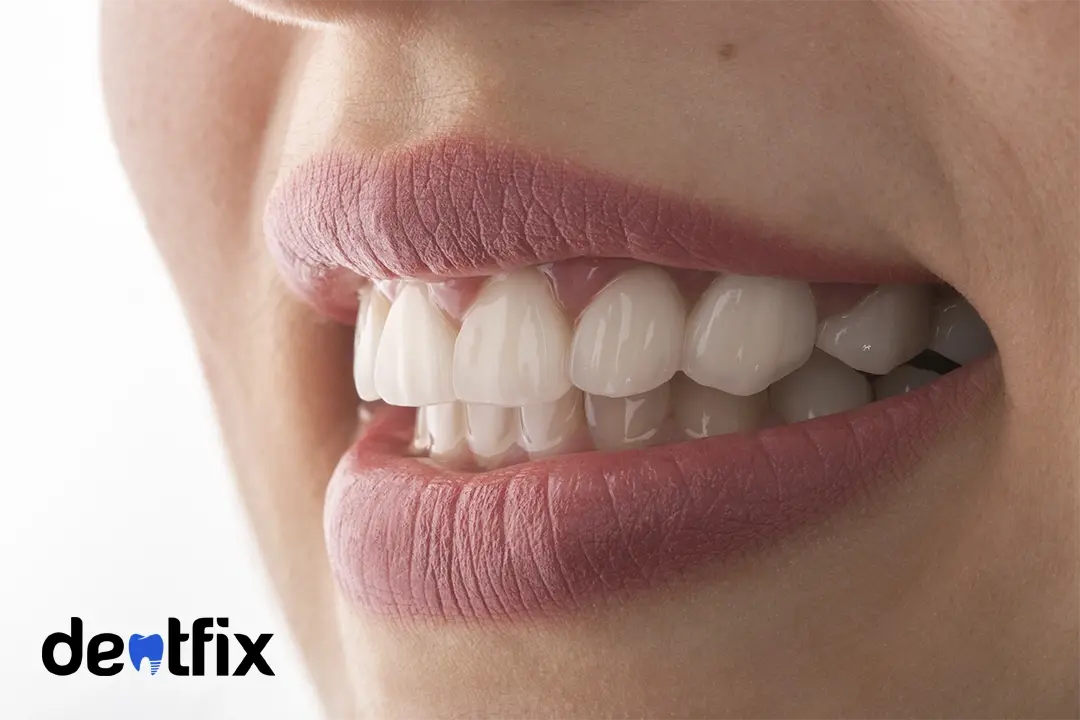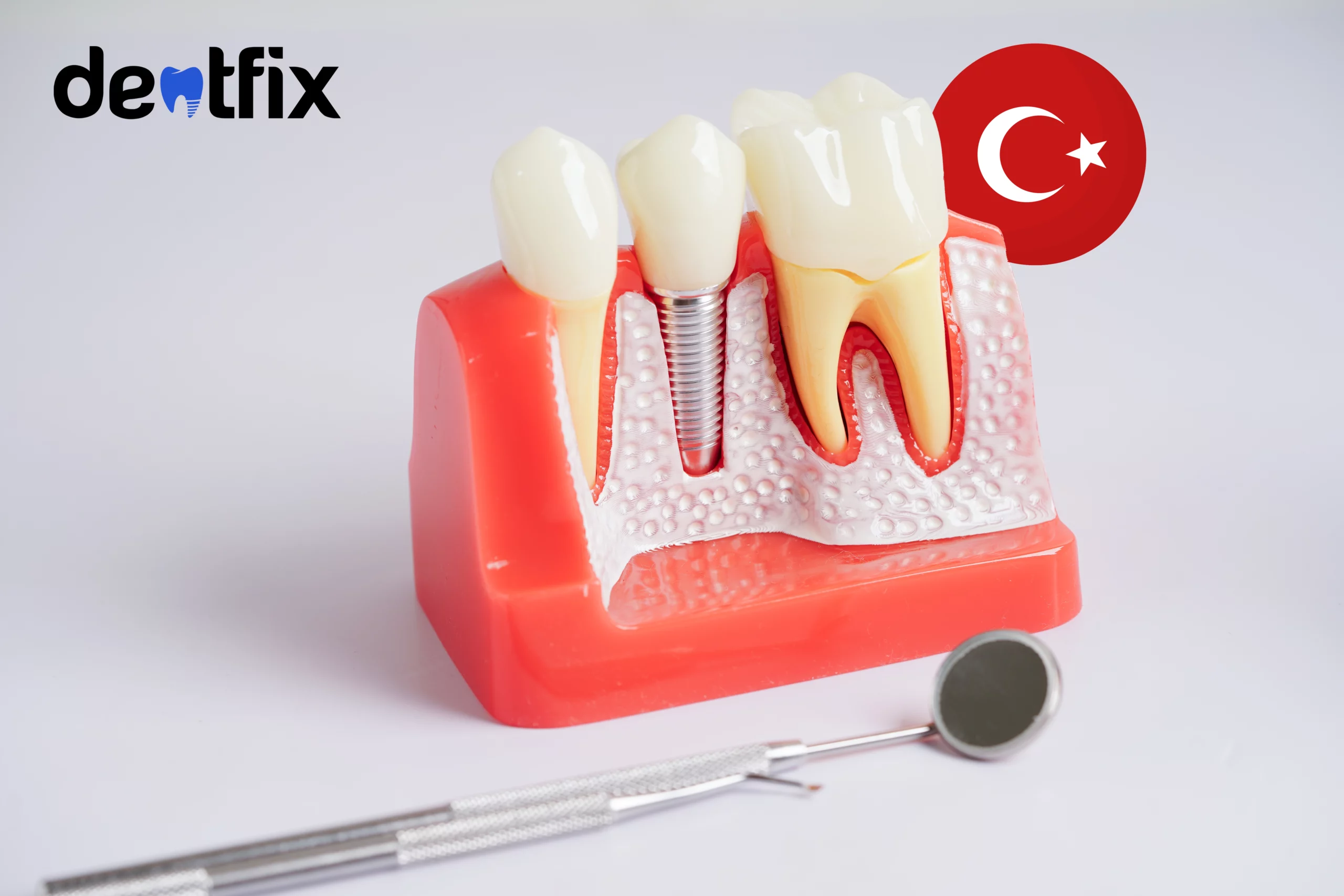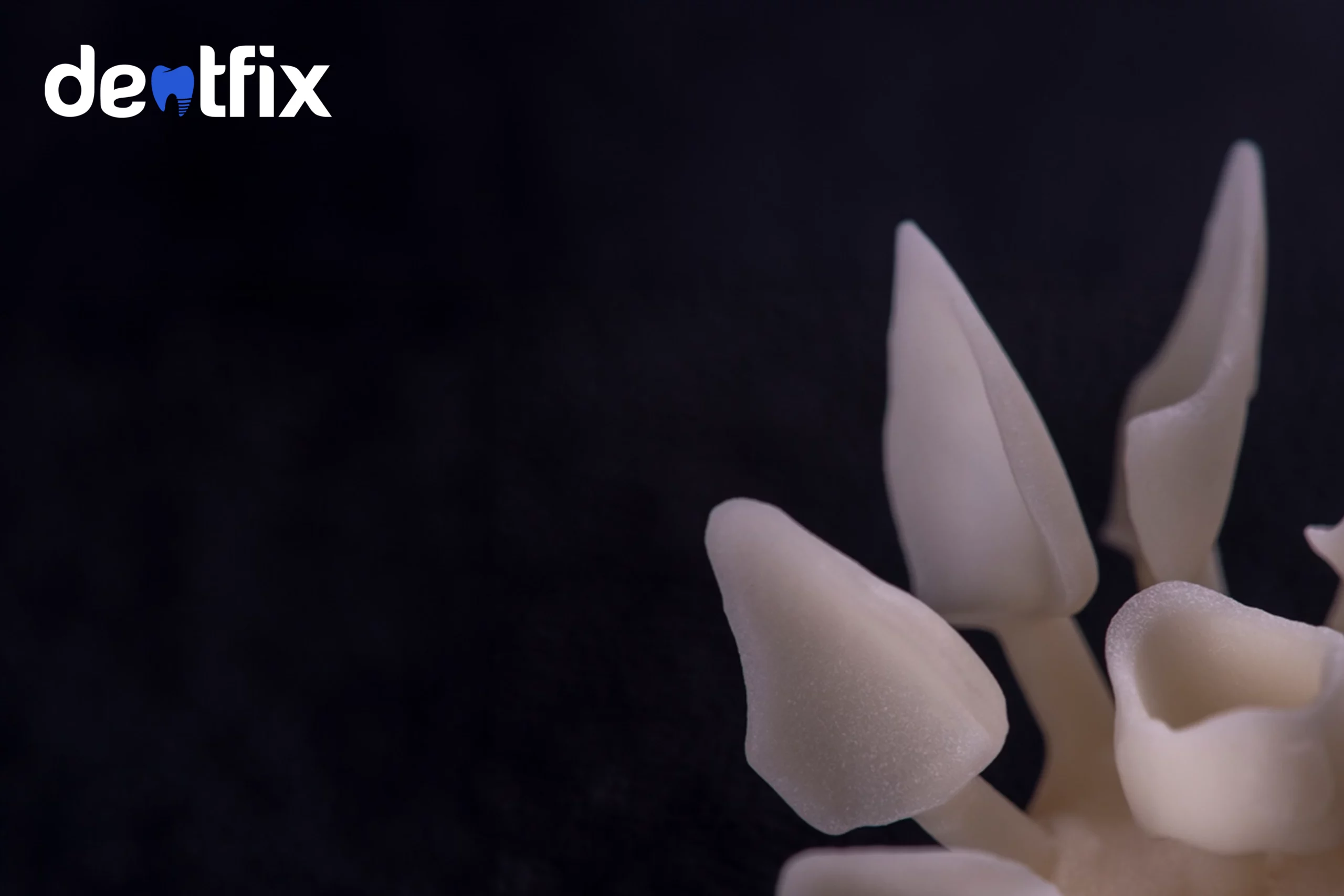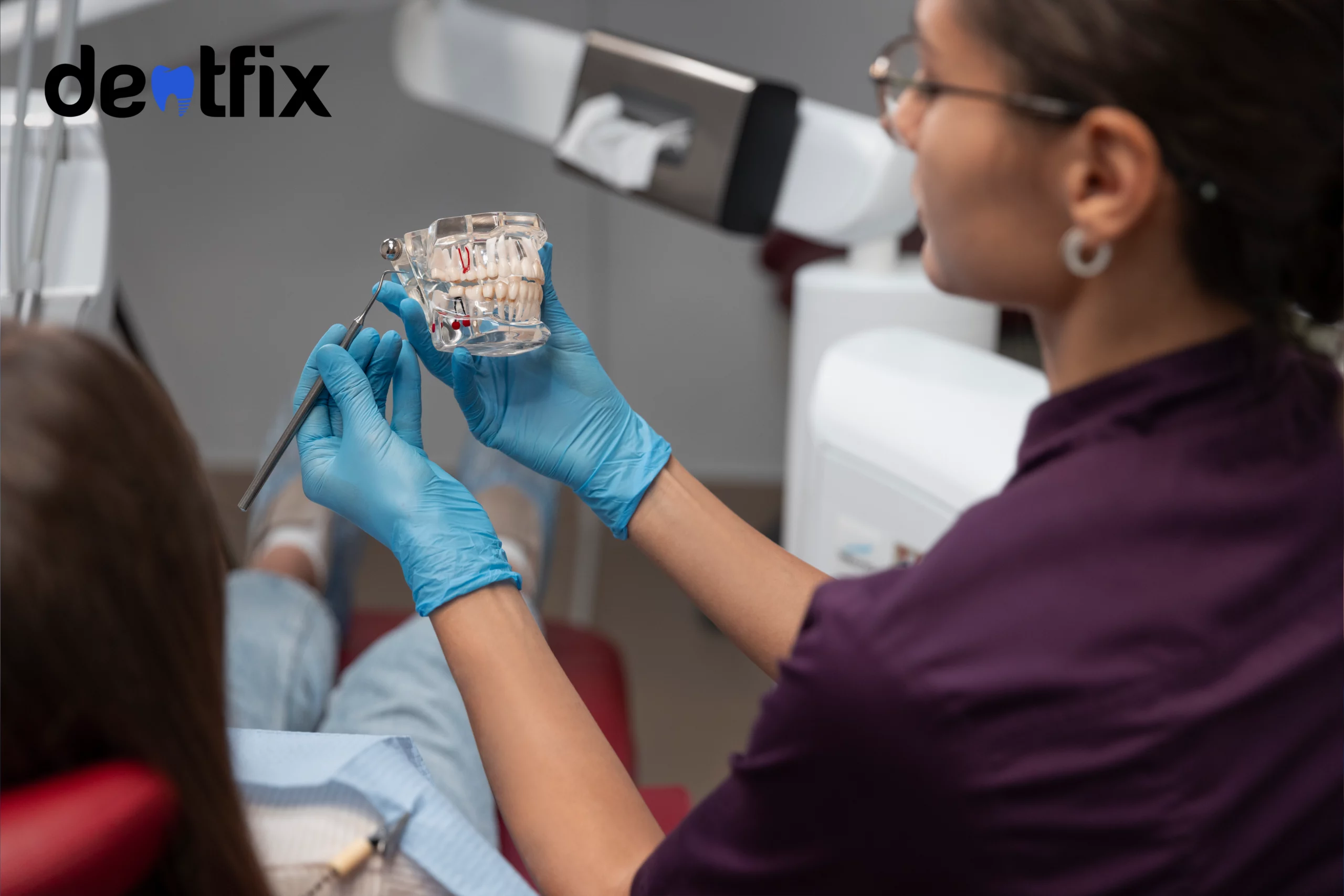Procedure: Invasive | Success rate: 90%–95% | Pain Level: 2-6/10 |
Anesthesia: Local | Duration: 3 to 12 months | Sessions: minimum 3 |
Dental implant procedure is one of the most popular and effective ways to deal with missing teeth. If you are considering this treatment, it is important to understand the procedure and what to expect.
The dental implant procedure consists of 5 steps: consultation, preparation, placement, healing time, abutment procedure, and the prosthesis installment.
These sessions can take between 30 minutes to 2 hours each. However, some people may need additional procedures such as sinus lift or bone graft.
If you’re getting multiple implants, it’s going to take a little longer of course. Also, you won’t be feeling any pain since these treatments are done under local anesthesia or sedation.
Looking for a long-term solution for your missing teeth? Let’s get started with some key points from the article:
- Dental implant procedure usually consists of 3 stages.
- Dental implants offer long-term results for up to 20 years.
- Gums can take from 4 to 6 months to heal.
- Additional procedures may extend the duration of the process.
- Single and full-mouth implant steps are the same.
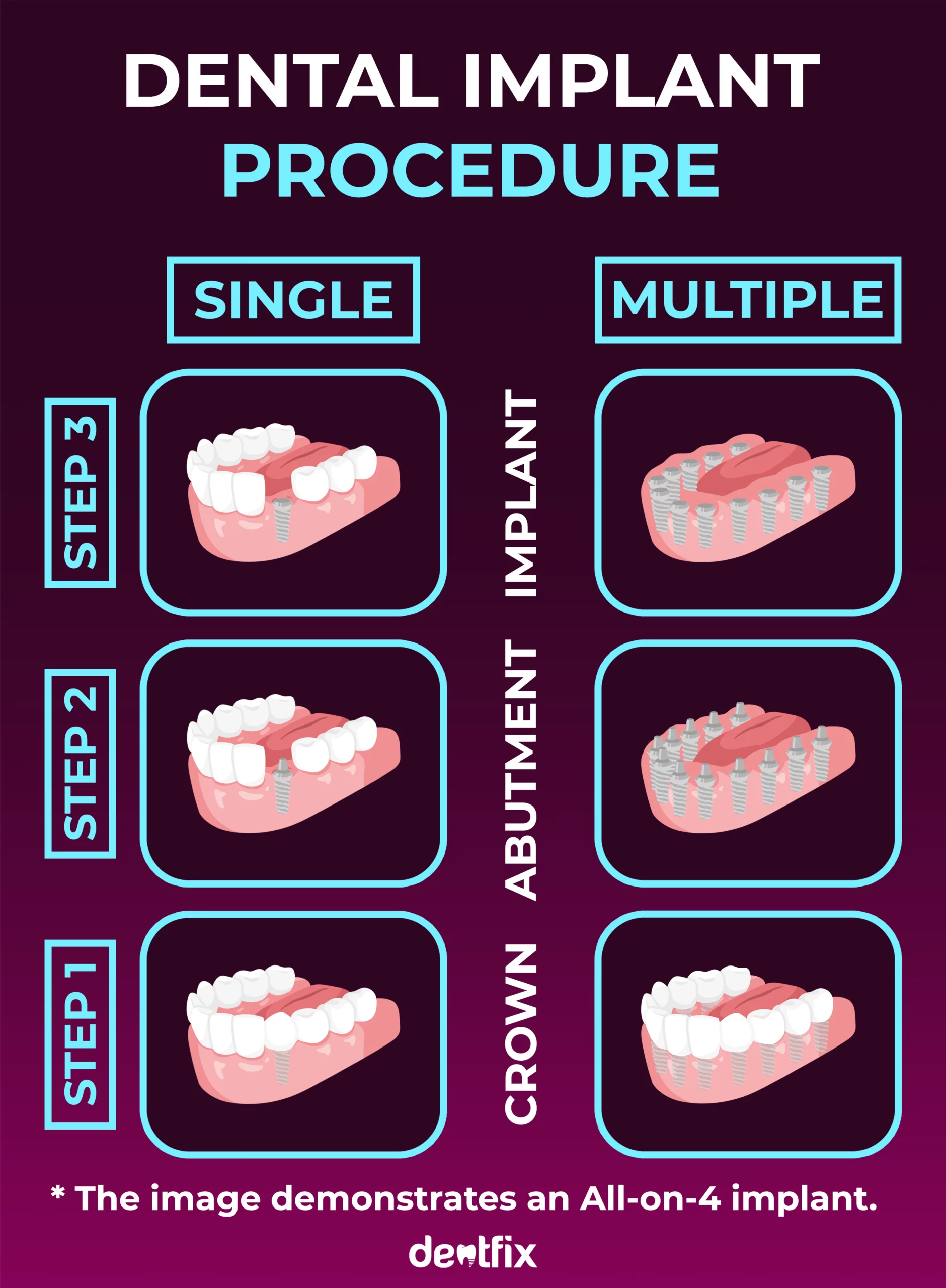
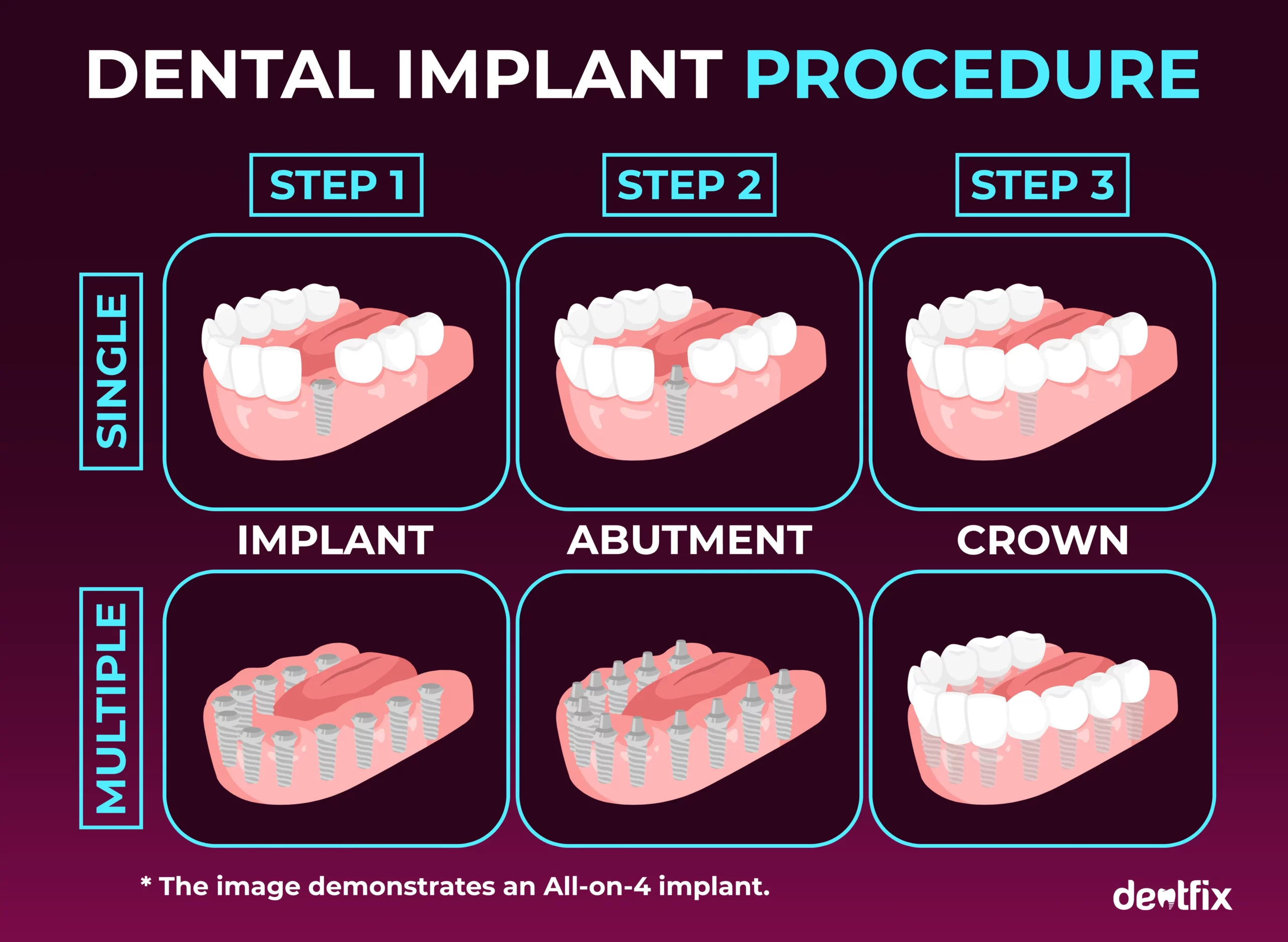
What Are the Steps for Dental Implants?
Starting with a consultation with a qualified dentist or oral surgeon to evaluate your suitability for the procedure, the steps for dental implants are generally 6 steps.
- Consultation & treatment plan
- Extraction
- Dental implant placement preps
- Placing the implant
- Healing time after the first procedure
- Dental implant abutment procedure
- The prosthesis installment
Apart from the preparation and healing time, the placement, abutment, and prosthesis steps are usually recognized as the 3 stages of a dental implant procedure. Still, we will go through all the steps one by one for you.
Consultation & treatment plan
During the preparation process, a consultation is held first so that they can analyze the treatment area and create a treatment plan for you.
When making this plan, the clinic should always have an idea of your current and past medical history. So, to check the bone, nerves, and sinuses, panoramic X-rays of the area will be taken.
Your mouth will also be carefully examined to make sure there are no signs of tooth decay or gum infection. As such issues need to be handled before the dental implant procedure.
Implants are not made one-size-fits-all since everyone has a different oral structure. So, this detailed examination is also necessary when deciding on the implant diameter. The diameter of your implant will be determined according to your bone density, as well as the angle, direction, and position of the teeth.
💡 It should be noted that if you do not have sufficient jawbone density, a dental bone graft or sinus lift may be necessary. If that’s the case, it will be included in the treatment plan and will be done prior to the implant procedure since the recovery time of a bone graft is about 4-12 months.
💡If you consider medical tourism, the consultation will not be charged.
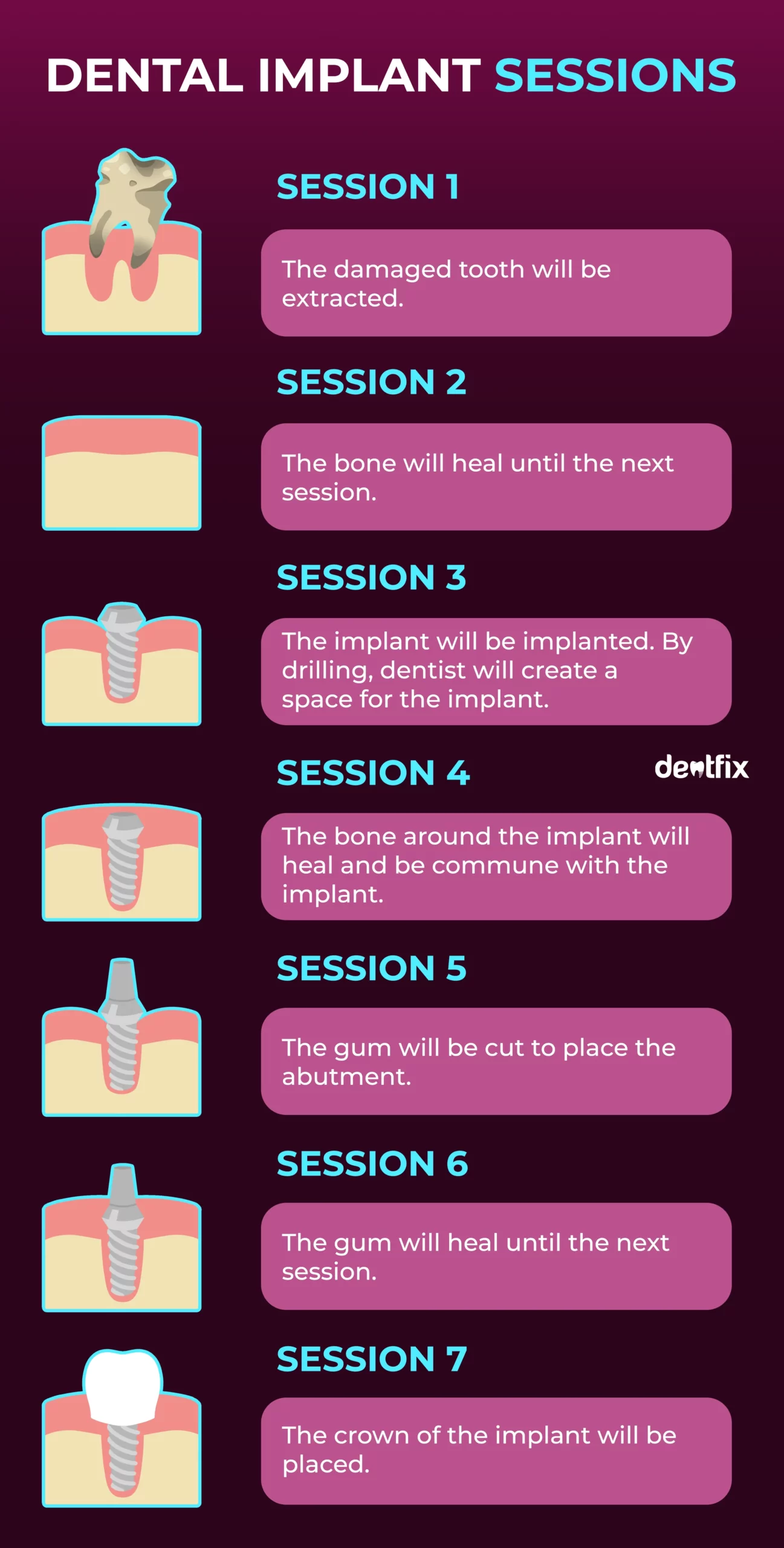
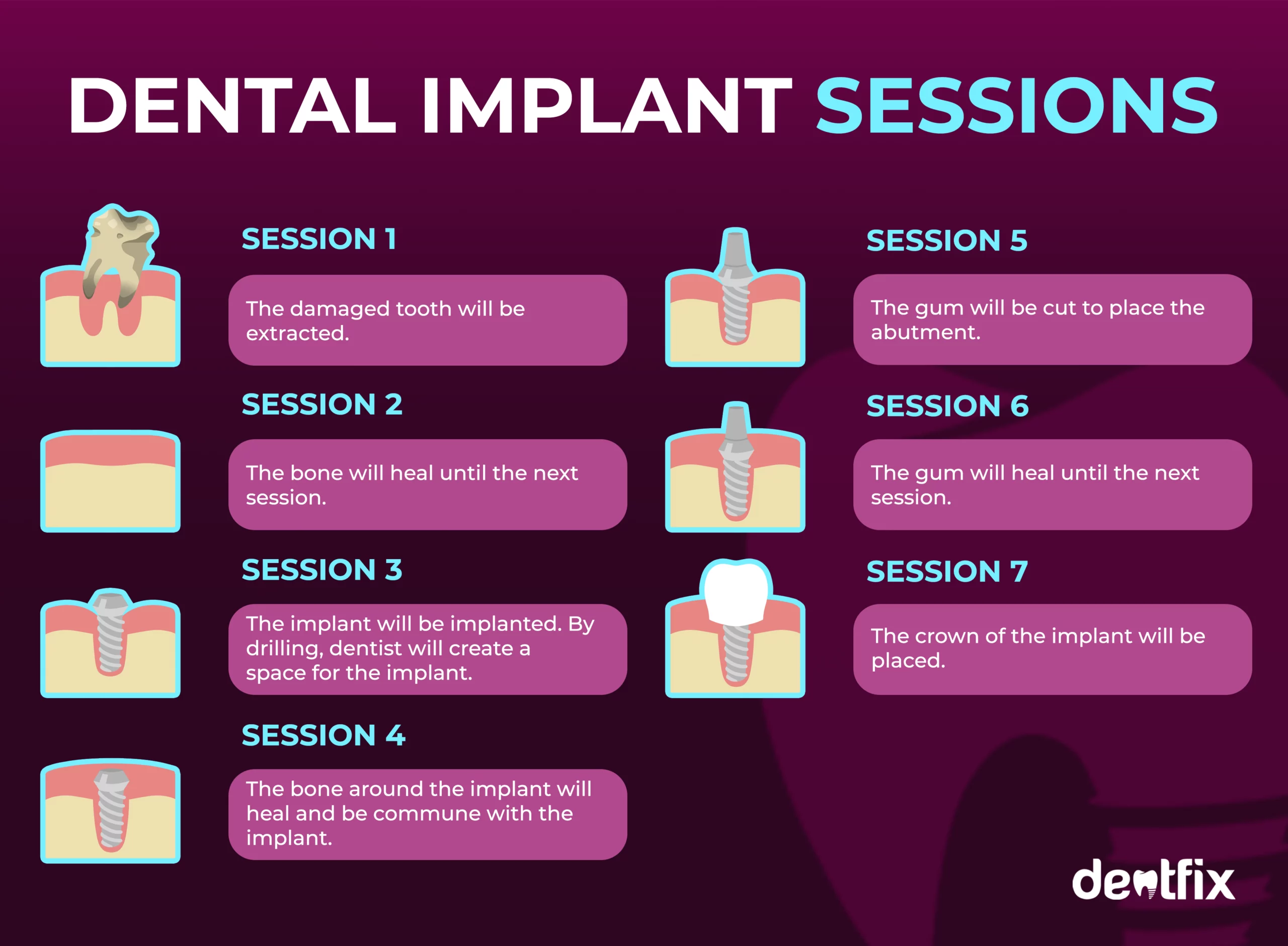
Extraction
Tooth extraction will be the first step when getting implants. However, since the area must heal before installment, it will extend the treatment time depending on the number of implants you need. It usually takes anywhere from 1 to 4 months for the extraction site to heal.
To reduce bleeding, your dentist will place gelatamp, a bactericidal hemostatic agent, into the cavities of the extracted teeth.
Dental implant placement preps
The dental and oral surgeon will measure and mark the distance between the top and bottom teeth, and jaw naturally present in case of a denture implant.
The distance between the top and bottom jaw should be the same after the procedure too. This ensures a natural feeling, the same facial structure, and a good chewing capability.
👓 They’ll hand you a pair of cool glasses so that little particles and liquid don’t get in your eyes. You’re ready for the procedure! |
Before the procedure begins with the injection of local anesthesia, they’ll run hepatitis B, C, and HIV tests. This part won’t take too long since tests are done with diagnostic kits, they provide quick and painless results.
Placing the dental implants
The surgeon will start opening the gum area to reveal the bone. They will drill holes in the bone with the physiodispenser tool to create enough space to insert the metal screw (usually titanium post) a.k.a the artificial tooth root. Once the opening is complete, metal posts are inserted.
Finally, the gum is closed with stitches to protect the area. To prevent the area from getting infected, furacin-soluble dressing ointment will also be applied.
Installation of one implant takes 30 minutes to an hour, while multiple implants can take two to three hours. Needless to say, how long it takes will also depend on the dentist’s experience.
You will be free to go home having to avoid food and drinks for a few hours.
Healing time after the first procedure
After the dental implant procedure, it is now time for your recovery. This can take from four to six months usually and some proper care to keep your dental health on point. During this time, the osseointegration process takes place. So, what’s osseointegration?
📌 The osseointegration process creates a structural and functional connection between the jawbone and the dental implant.
The aim is that the bone accepts the implant as part of its own, so the dental implant and the bone merge as one with no rejection.
This process is successful if the right material biocompatible to the bone is placed, like titanium and zirconia. These have the highest success rate making them 100% biocompatible.
Dental implant abutment procedure
Once you recover, it’s time to install dental implant abutments. This is the step that connects the implant to the crown, bridge, or denture.
An additional operation will be required to open the gums. The second surgery is less invasive than the first and, once again, requires only the use of local anesthesia.
Once the abutment is applied, the gum will have stitches around but not on top of the abutment. The gum is closed around it only to avoid gum openings that let bacteria pieces of food pass through.
📌The healing process of dental implant abutment procedures varies, usually taking two to three weeks.
The prosthesis installment
During the healing weeks, you will hang around with temporary prostheses. Temporary prostheses (crowns, bridges, or dentures) are used in the weeks of healing between the abutment and prosthetic installation.
Then, they’ll be removed for the application of permanent ones. Once this procedure is completed, you will no longer have to undergo operations or dental visits.
However, we recommend you visit your dentist at least two or three times a year for routine dental cleanings and check-ups.
⚠️ This step is only necessary for patients who are getting all-on-4 or all-on-6 dental implants. Temporary prostheses will not be applied for single implants.
Some patients rather have it, if they are getting the implant on their front teeth for aesthetic purposes. This temporary prosthetic will be attached using temporary dental glue. This glue can be easily removed later when it’s time to put in the permanent prosthetic.
How Long Does a Dental Implant Procedure Take?
The duration of a dental implant procedure can vary depending on the number and type of implants. Also, a need for a tooth extraction, bone grafting, or sinus lift is a determinant factor.
SINGLE IMPLANT | DURATION |
Extraction | 20-40 mins |
Implantation | 10-30 mins |
Abutment | 30-60 mins |
Installment | 30 mins |
Start to finish | 3 to 6 months |
ALL ON 4 / ALL ON 6 | DURATION |
Extraction | 20-40 mins per tooth |
Implantation | 1-2 hours for each jaw |
Abutment | 1 hour |
Installment | 30-60 mins |
Start to finish | 8 to 12 months |
ADDITIONAL PROCEDURES | DURATION |
Bone Graft | 20-90 mins |
Sinus Lift | 45 mins-2 hours |
Getting implants takes time mainly because each step requires a healing process in between. These healing periods are crucial for ensuring the long-term success of your implant and maximizing its lifespan.
Who Performs Dental Implant Surgery?
Dental implants are best done by oral and maxillofacial surgeons. They’re experts in mouth, jaw, face, and neck issues. In some cases, they also work with dentists, orthodontists, doctors, and plastic surgeons to make sure implants are done safely and effectively.
What to Expect During a Dental Implant Procedure
Patients generally feel anxious about the implant procedure itself as it’s an invasive procedure. Regarding your anxiety level, local anesthesia, sedation, laughing gas, or general anesthesia will be applied. You will not feel any pain during the procedure, however, you will feel some pressure on your gums during implant placement.
As you need to open wide your mouth, you might feel some tension in your jaw and get tired during the procedure. To prevent this, your dentist will put on a mouthguard appliance.
You will taste some blood during the procedure. At this point, some patients feel tense because of the swallowing reflex. However, you don’t need to be anxious about tasting or swallowing the blood as the dentist’s assistant will remove the blood simultaneously.
If you’ve read this far, you already know that dental implant surgery isn’t a quick one-stop visit to the dentist. It’s more like a journey that takes several appointments, with time in between to heal.
A skilled team is cautious and is able to take care of everything during the procedure.
⚠️ Other than the procedure itself, it’s also crucial to take proper aftercare, including avoiding certain foods and drinks, in the days and weeks that follow, especially during the first procedure. You will also need to maintain healthy habits to maintain proper oral health even after the procedure is over.
Are You Awake During Dental Implant Surgery?
Dental implant surgery is done while you’re awake but your mouth is numbed with local anesthesia so that you won’t feel any pain.
If you’re really anxious though, IV sedation is available for a calmer experience, but it won’t make you unconscious like general anesthesia.
How Painful Is a Tooth Implant After Surgery?
When it comes to the pain of getting dental implants, it usually falls somewhere between a 2 and a 6 on a scale of 10.
Remember, it all depends on factors like how many implants you need, any extra treatments, and of course, your pain threshold.
However, thanks to the use of local anesthesia, you won’t feel excruciating pain. Of course, it’s possible to feel some discomfort during the first week after each procedure. It’s normal for the recovery period.
Don’t worry though, you’ll most likely be prescribed certain antibiotics and painkillers. If you feel severe pain that just doesn’t feel right, don’t waste time and get in touch with your dentist.
Is Dental Implant Surgery Safe?
Yes, dental implant surgery is safe, and it has become a routine procedure. However, as in any surgery, there are risks associated with it.
Even if they have a low percentage, you should know about them. You will need to follow all doctors’ advice carefully to avoid implant failure and keep good oral health.
Do You Always Need a Bone Graft for Dental Implants?
Whether you need a bone graft or not comes down to your bone density. If there’s significant bone loss, a bone graft is needed to provide support for the dental implant. However, if the bone is healthy and doing its job properly, this step can be skipped altogether.
Is a Sinus Lift Necessary for Dental Implants?
Not every implant patient needs a sinus lift. Sinus lifting is also a common bone grafting technique often done for those missing upper back teeth.
When these teeth are lost, it can cause the maxillary sinuses to drop down, intruding upon the bone space. For dental implants to have a solid foundation, the sinuses need to be lifted to make room for bone material.
References:
- Ebenezer V, Balakrishnan K, Asir R, Sragunar B. Immediate placement of endosseous implants into the extraction sockets. Journal of Pharmacy and Bioallied Sciences. 2015;7(5):236. doi:https://doi.org/10.4103/0975-7406.155926
- Cha HS, Kim A, Nowzari H, Chang HS, Ahn KM. Simultaneous Sinus Lift and Implant Installation: Prospective Study of Consecutive Two Hundred Seventeen Sinus Lift and Four Hundred Sixty-Two Implants. Clinical Implant Dentistry and Related Research. 2012;16(3):337-347. doi:https://doi.org/10.1111/cid.12012
- Esposito M, Grusovin MG, Chew YS, Coulthard P, Worthington HV. One-stage versus two-stage implant placement. A Cochrane systematic review of randomised controlled clinical trials. European Journal of Oral Implantology. 2009;2(2):91-99.
